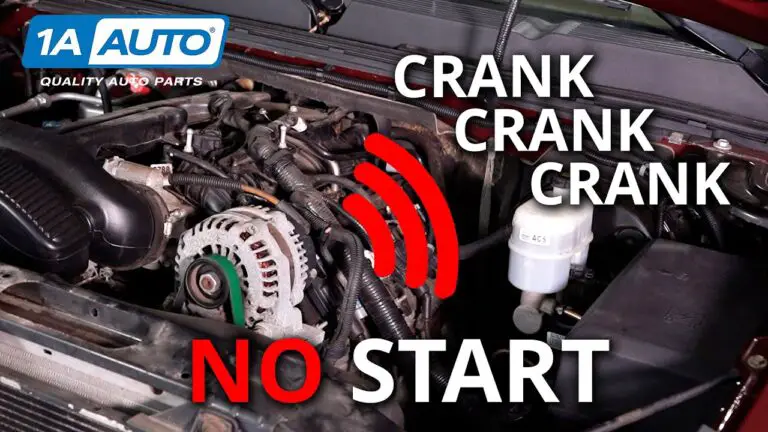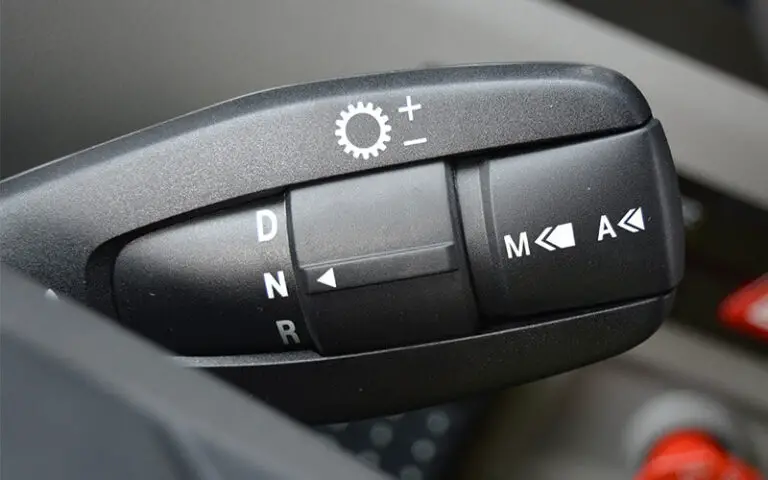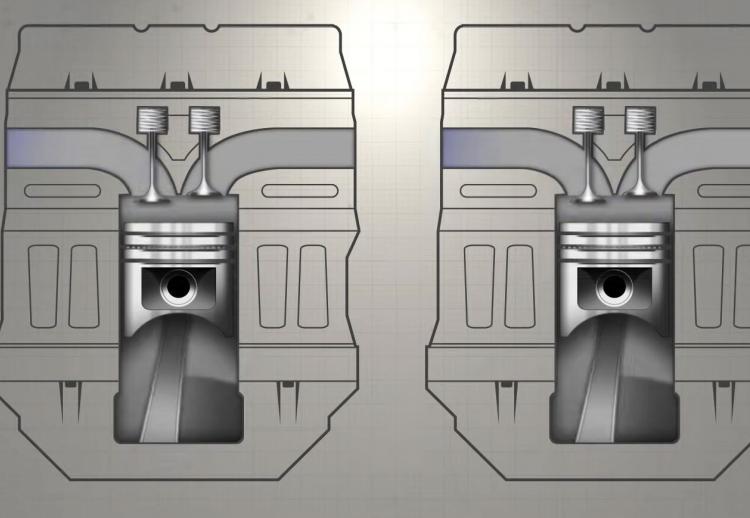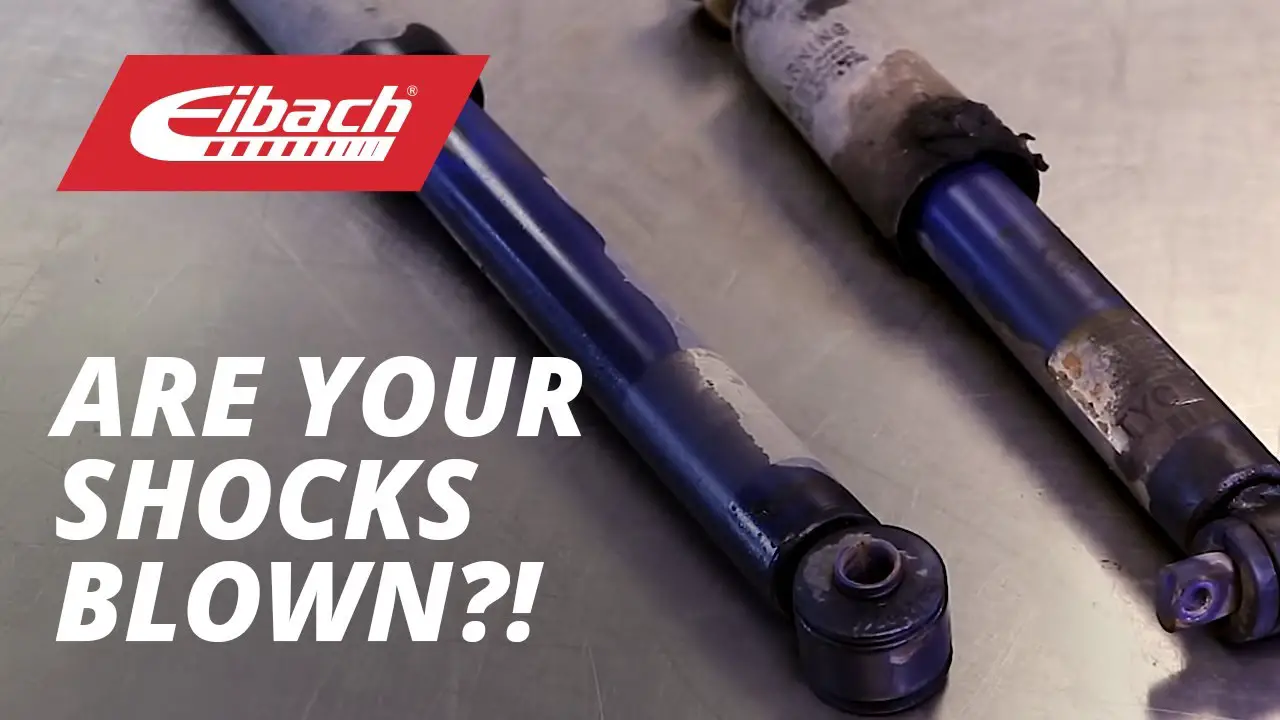
To know if your semi-truck shocks are bad, look for signs such as excessive bouncing, uneven tire wear, and reduced braking effectiveness. Additionally, listen for unusual noises while driving over bumps or irregular road surfaces.
If you notice any of these indicators, it’s critical to have your semi-truck inspected by a professional mechanic to determine if the shocks need replacing. Ensuring the proper functioning of your semi-truck shocks is crucial for maintaining safety and stability on the road.
Faulty shocks can lead to poor handling, longer stopping distances, and increased wear on other components. This can have a significant impact on the overall performance and longevity of your vehicle. Understanding the signs of bad shocks and promptly addressing any issues can ultimately help prevent more severe problems and keep your semi-truck in optimal condition.

Credit: www.youtube.com
Navigate As You Want:
Signs Of Bad Semi Truck Shocks
Signs of bad semi truck shocks can be detected through vibrations and bouncing, as well as poor handling and stability. Vibrations during driving can indicate worn-out shocks, as they are designed to absorb and dampen the impact caused by uneven road surfaces. In addition, excessive bouncing or unevenness in the vehicle’s movement can be a clear indication of bad shocks. Bad shocks can contribute to poor handling, making it difficult to steer the truck smoothly and maintain control on the road. Furthermore, compromised stability can also be a sign of bad shocks, as they are responsible for keeping the tires in contact with the road and preventing excessive swaying or rolling. It is important to regularly inspect and maintain the shocks of a semi truck to ensure optimal performance and safety on the road.
Causes Of Bad Semi Truck Shocks
Bad semi truck shocks can be caused by worn or leaking shocks, excessive weight, or load. Worn or leaking shocks fail to control the motion of the vehicle properly, leading to an uncomfortable ride and potentially dangerous handling. The excessive weight or load can put additional strain on the shocks, causing them to wear out more quickly. It’s important to regularly inspect the shocks and replace them if necessary to ensure safe and smooth operation of the semi truck.
Effects Of Bad Semi Truck Shocks
Bad semi truck shocks can result in increased tire wear due to inconsistent tire contact with the road surface. This can lead to irregular tread patterns and premature tire replacement.
Additionally, reduced braking performance may occur, causing longer stopping distances and potential safety hazards on the road. It is crucial to regularly inspect and maintain semi truck shocks to ensure optimal vehicle performance and safety.
Inspection And Maintenance
An important aspect of maintaining your semi truck is regularly inspecting and testing its shocks. Visual inspection is an initial step to assess the condition of your shocks. Look for any signs of leakage, damage, or excessive wear. Check if the shocks are properly attached and aligned. Testing the shocks involves a bounce test. To perform this test, push down on each corner of the vehicle and release. A good shock will quickly stabilize the truck, while a bad one will continue to bounce. Excessive bouncing or prolonged bouncing indicates worn-out shocks that need to be replaced. Keep in mind that shocks don’t last forever and should be replaced every 50,000 miles or as recommended by the manufacturer. Regular inspection and timely replacement of shocks are crucial for enhancing the truck’s stability, handling, and overall safety on the road.
Replacing Bad Semi Truck Shocks
The condition of your semi truck shocks is crucial for maintaining a smooth and safe ride. So how do you know if your shocks are bad? Well, here are a few signs to look out for:
- Uneven tire wear: Excessive wear on one side of the tire can indicate a problem with your shocks.
- Vehicle bouncing: If your truck bounces excessively after hitting a bump or pothole, it’s a sign that your shocks are worn out.
- Noise and vibration: A squeaking noise or increased vibration while driving could indicate bad shocks.
- Swerving or nose-diving: When braking or turning, if your truck swerves or nose-dives, it’s an indication of worn shocks.
Once you’ve confirmed that your shocks need replacing, you need to choose the right replacement. Make sure to consider the following factors:
- Compatibility: Ensure that the replacement shocks are suitable for your specific make and model of semi truck.
- Quality: Opt for high-quality shocks from reputable brands to ensure durability and performance.
- Price: Compare prices to get the best value for your money. Remember, cheaper isn’t always better when it comes to shocks.
When it comes to the installation, it’s recommended to seek professional help unless you have experience and the necessary tools. Proper installation is crucial for optimal performance and safety. Overall, taking care of your semi truck shocks will contribute to a comfortable and secure driving experience.

Credit: www.supremesuspensions.com
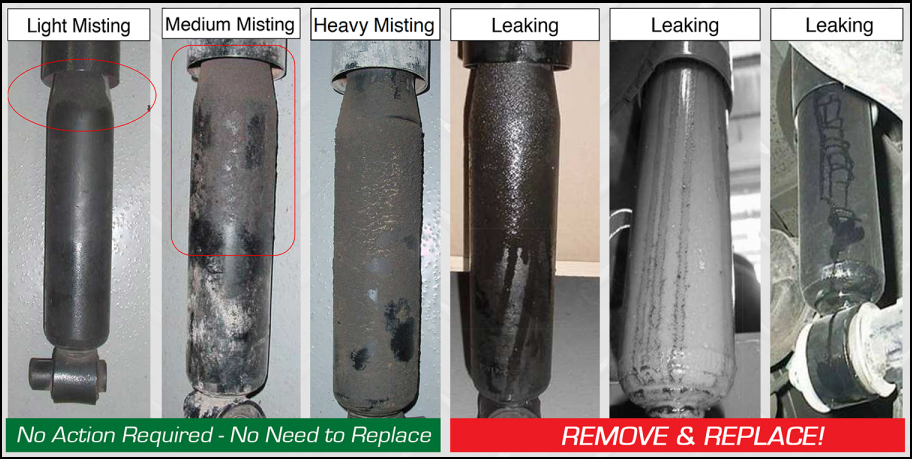
Credit: www.raneystruckparts.com
Frequently Asked Questions For How Do I Know If My Semi Truck Shocks Are Bad
How Do I Know If My Semi Truck Shocks Are Bad?
If your semi truck’s shocks are bad, you may experience excessive bouncing, vibration, or swaying while driving. You may also notice uneven tire wear or a decrease in overall vehicle stability. It’s important to have your shocks inspected and replaced if necessary to ensure safe and smooth driving conditions.
Conclusion
To sum it up, maintaining proper shock absorbers in your semi truck is vital for a smooth and safe ride. By paying attention to warning signs such as excessive bouncing, poor handling, or uneven tire wear, you can assess whether your shocks need replacement.
Regular inspections and prompt action can prevent further damage to your vehicle and ensure the longevity of your truck’s suspension system. Trust your intuition and seek professional help when necessary. Keep your truck running smoothly and your journeys safe.

